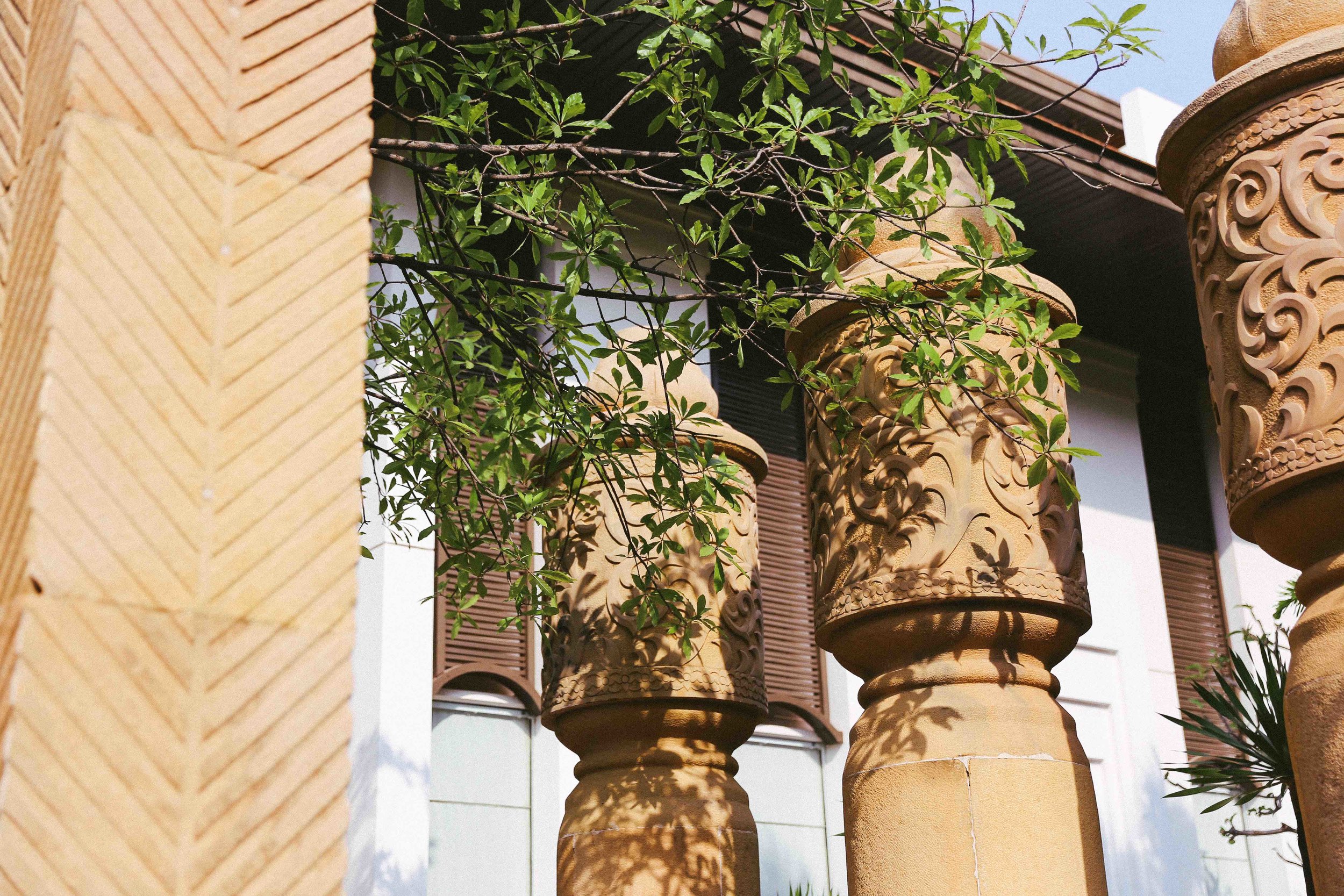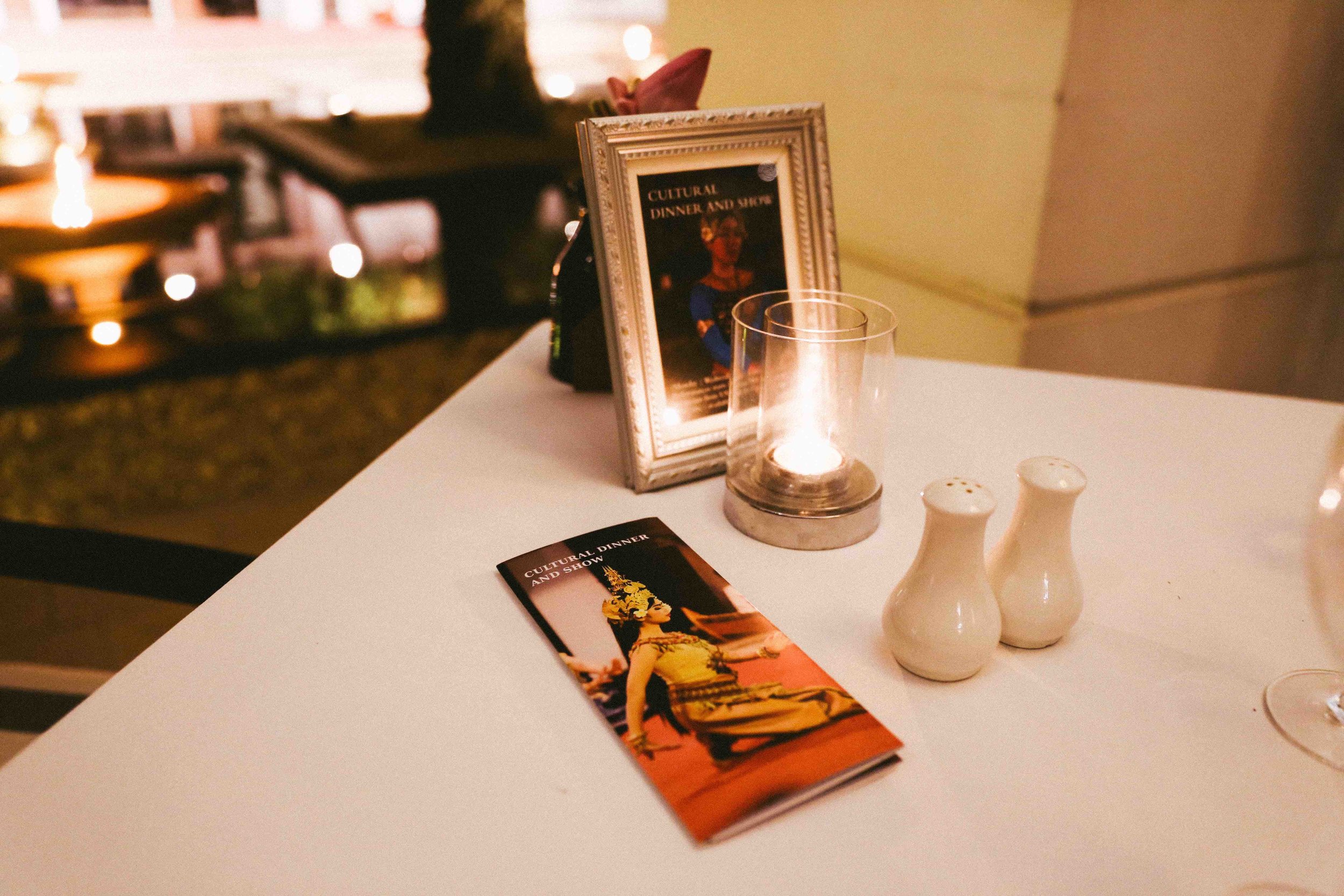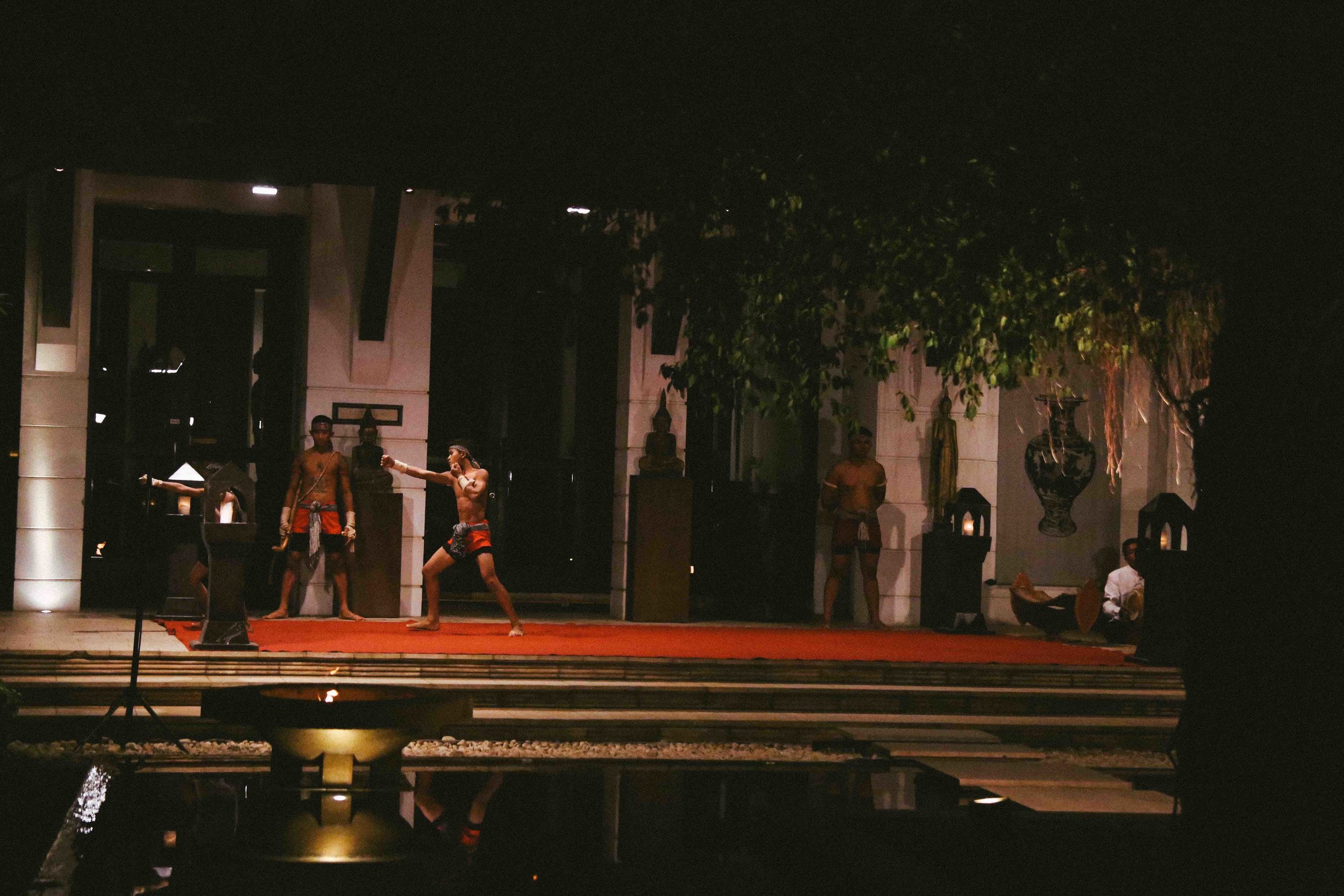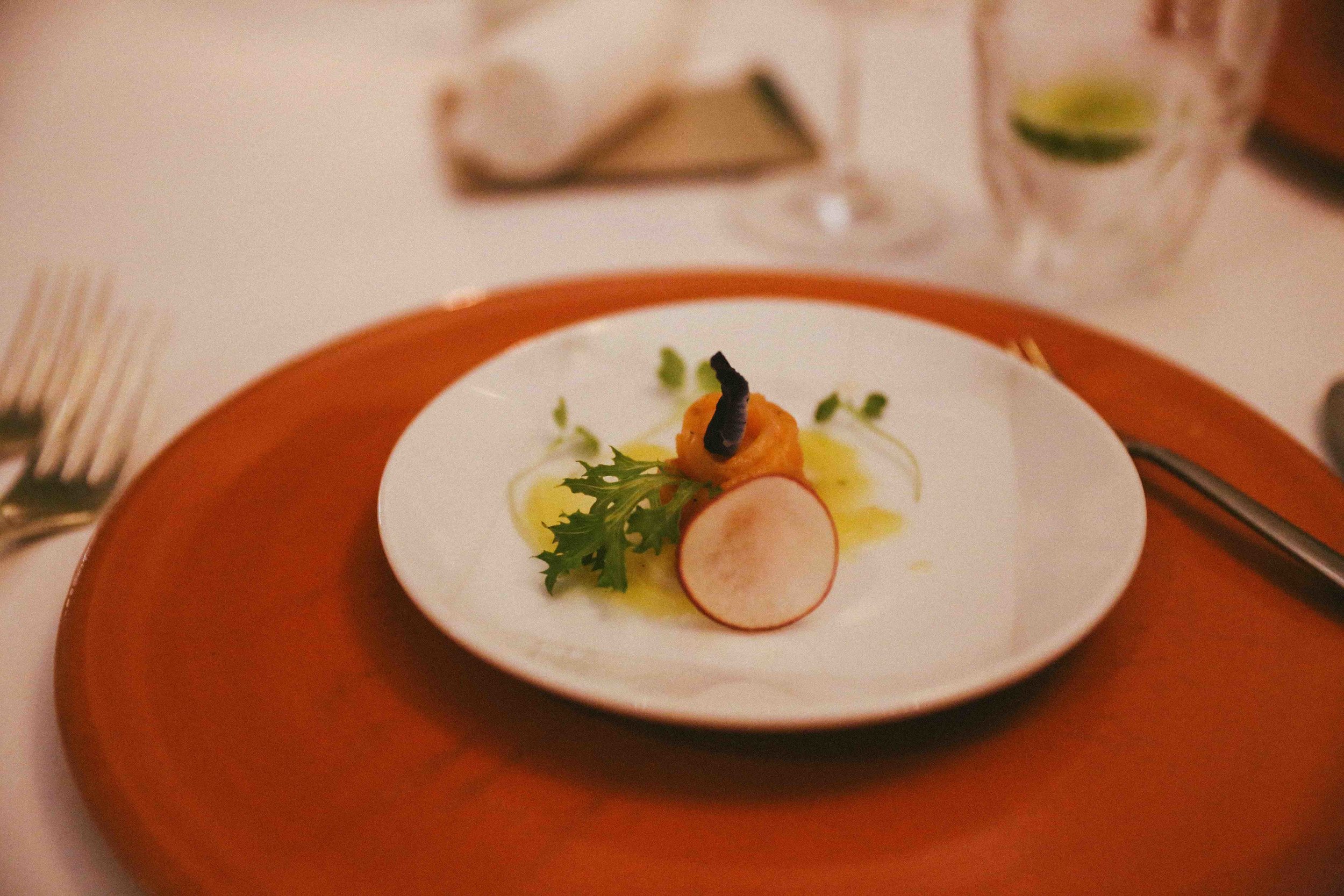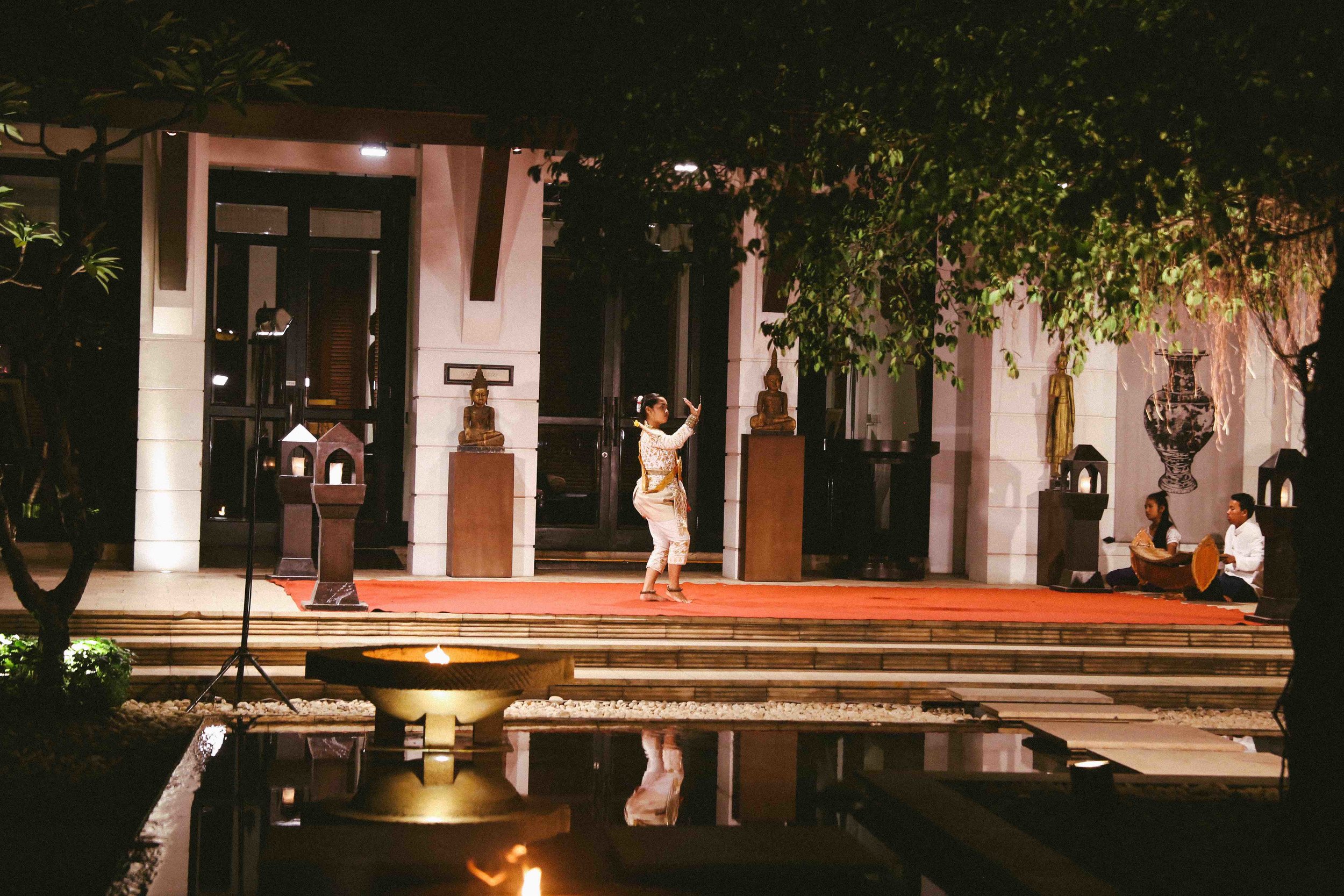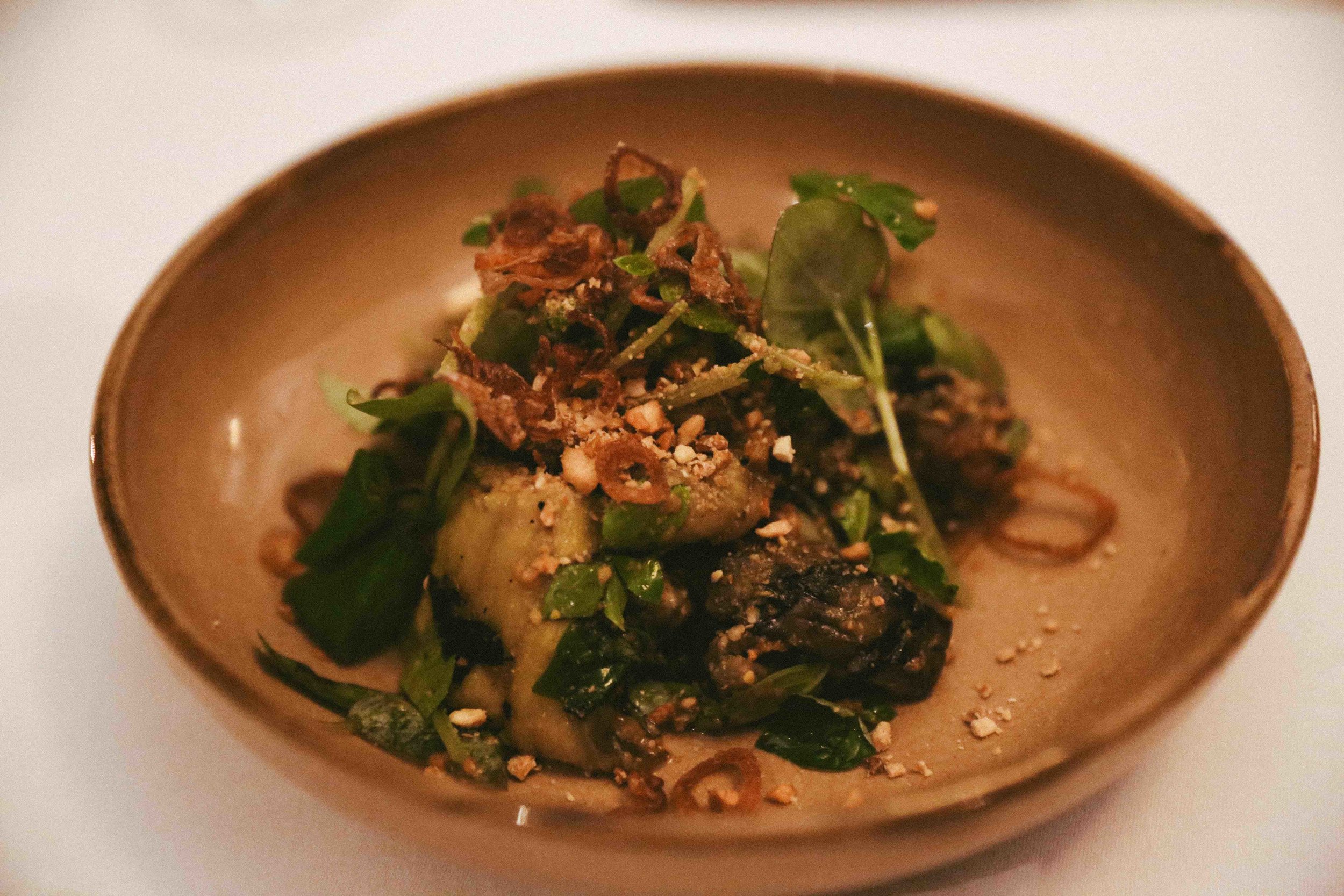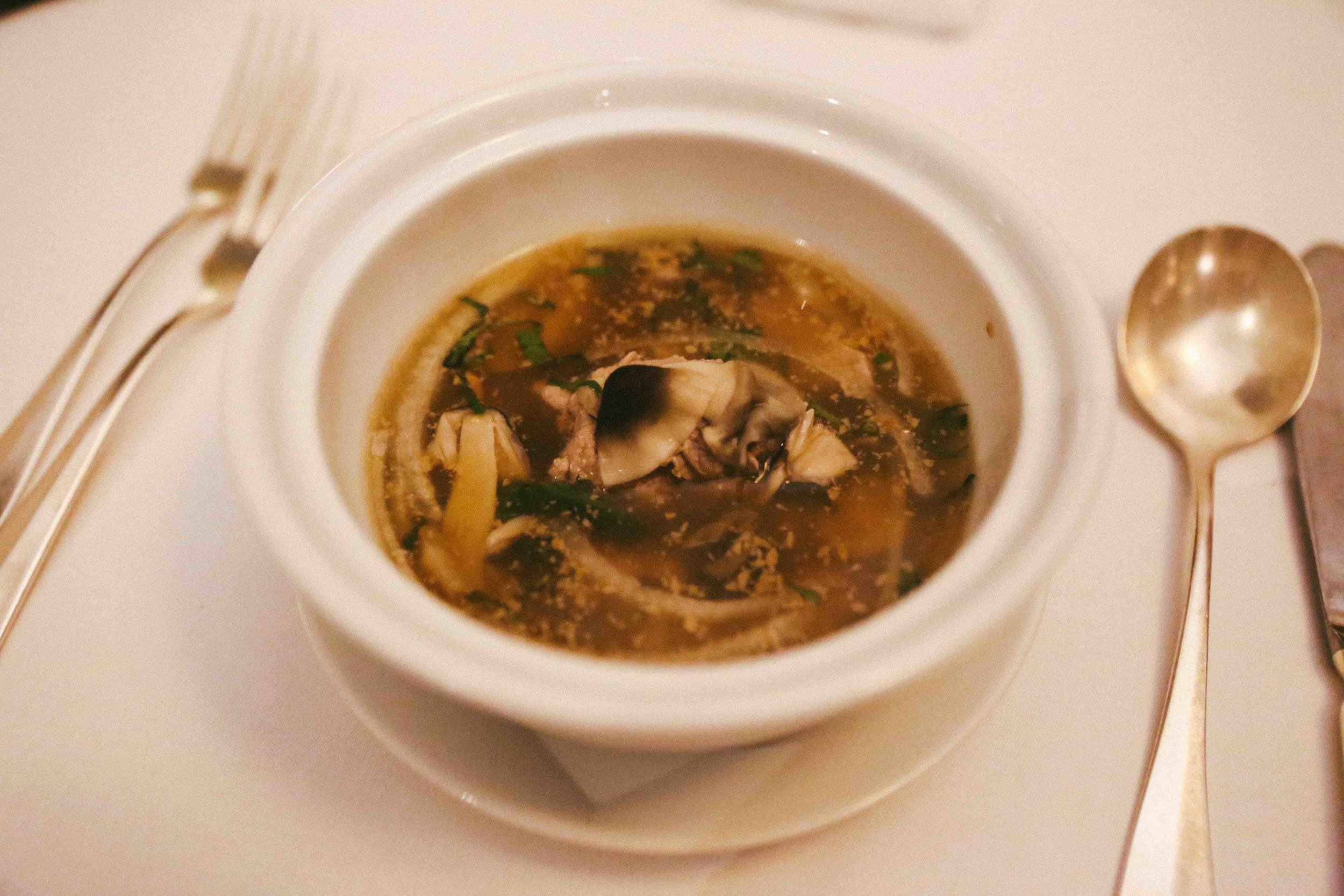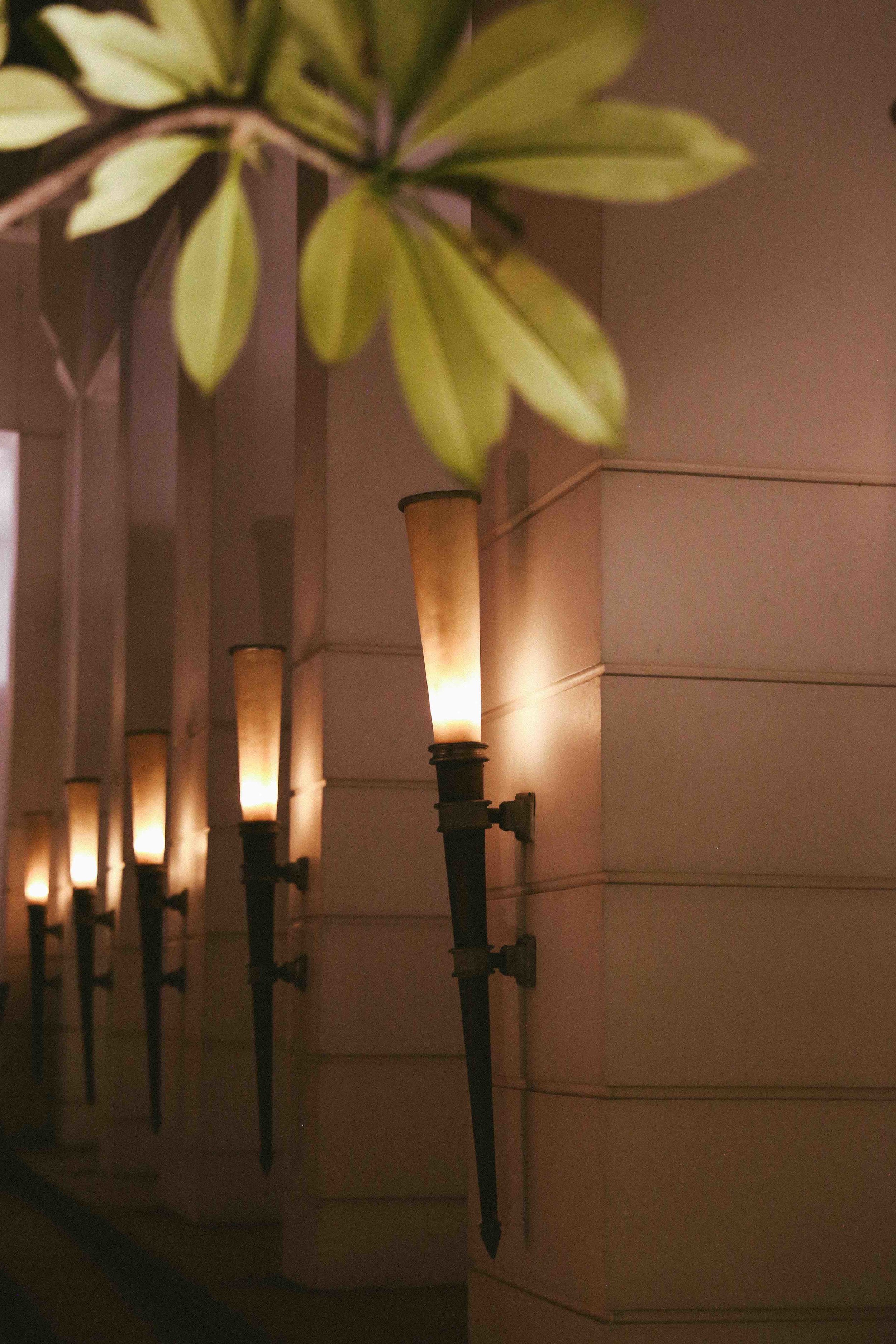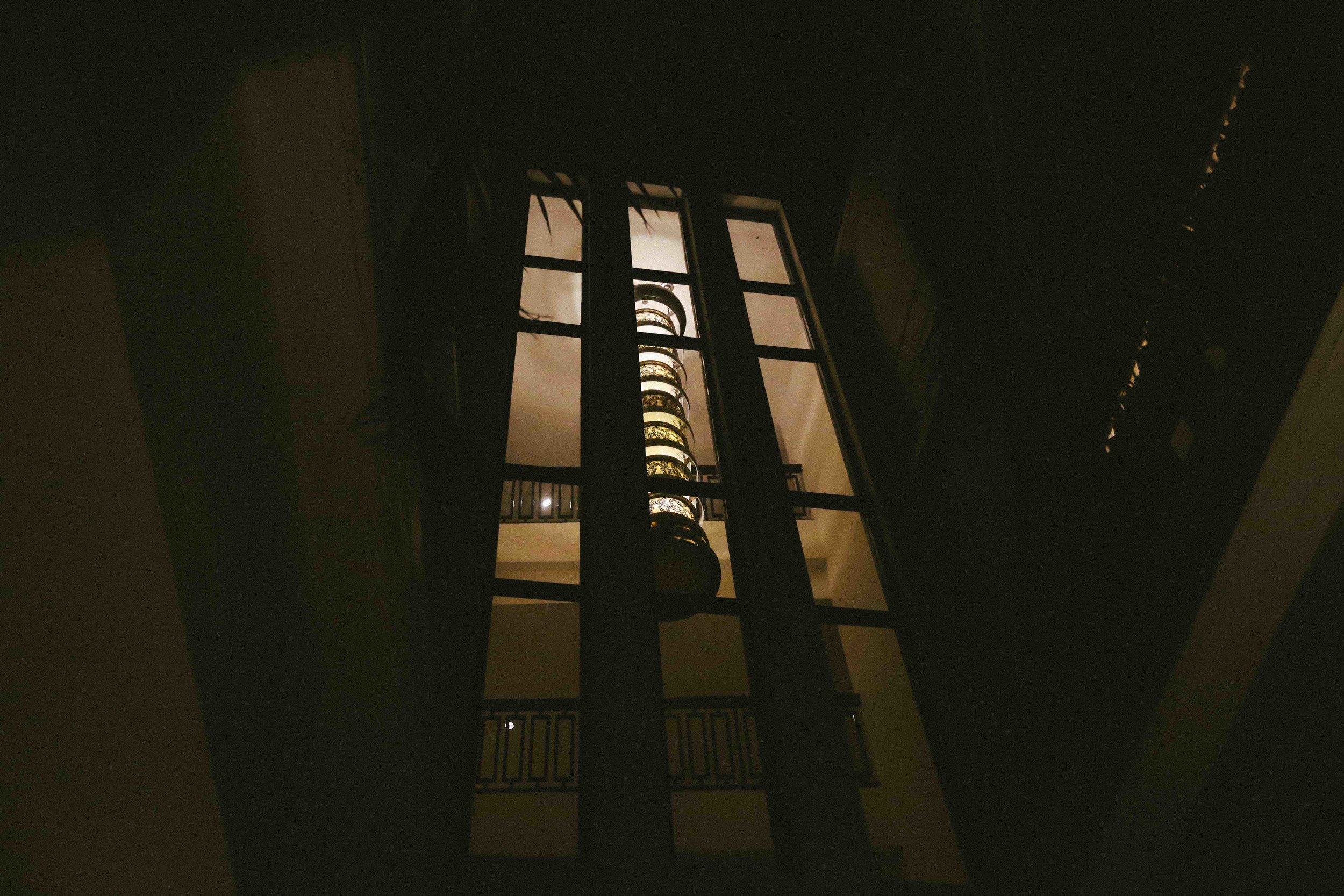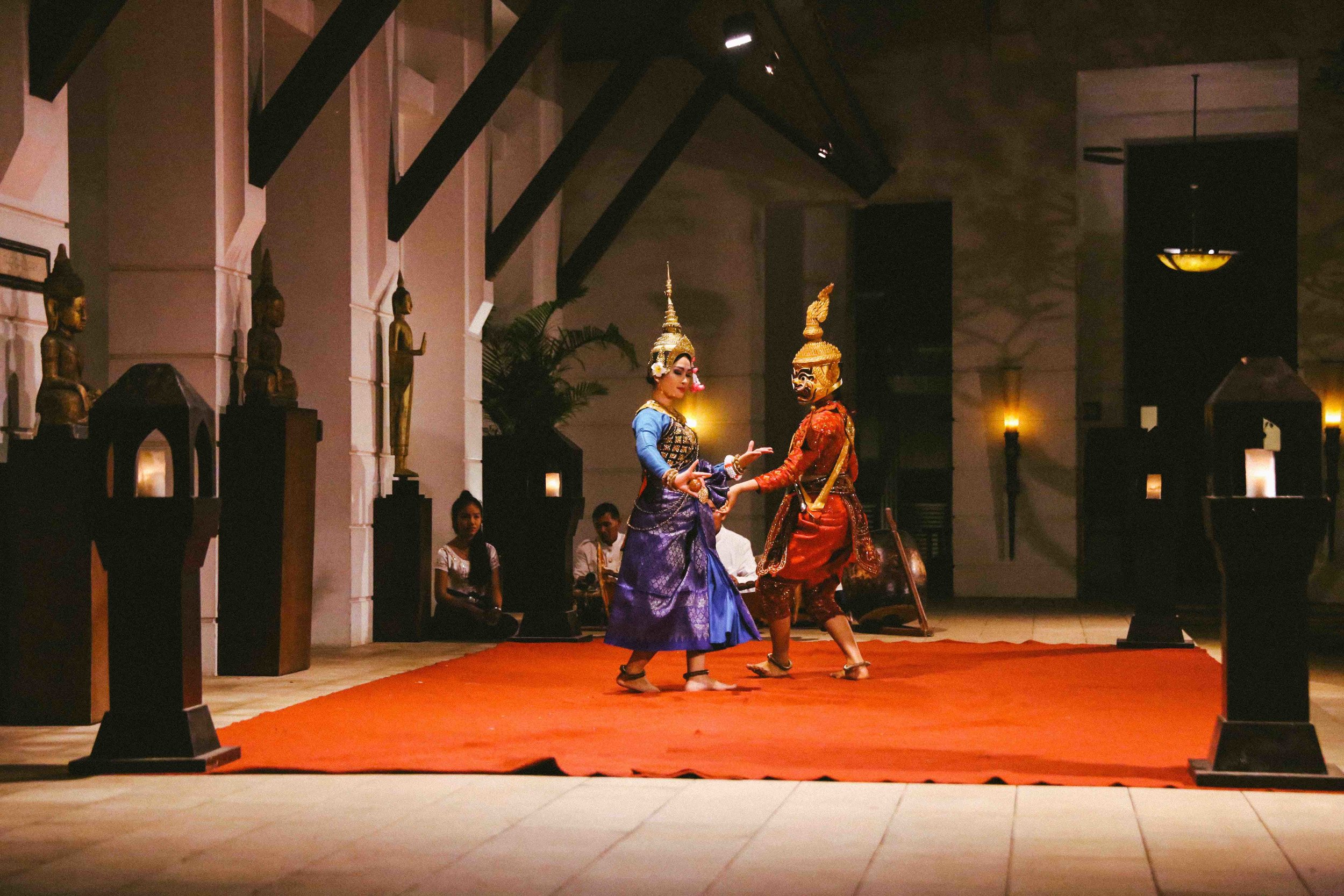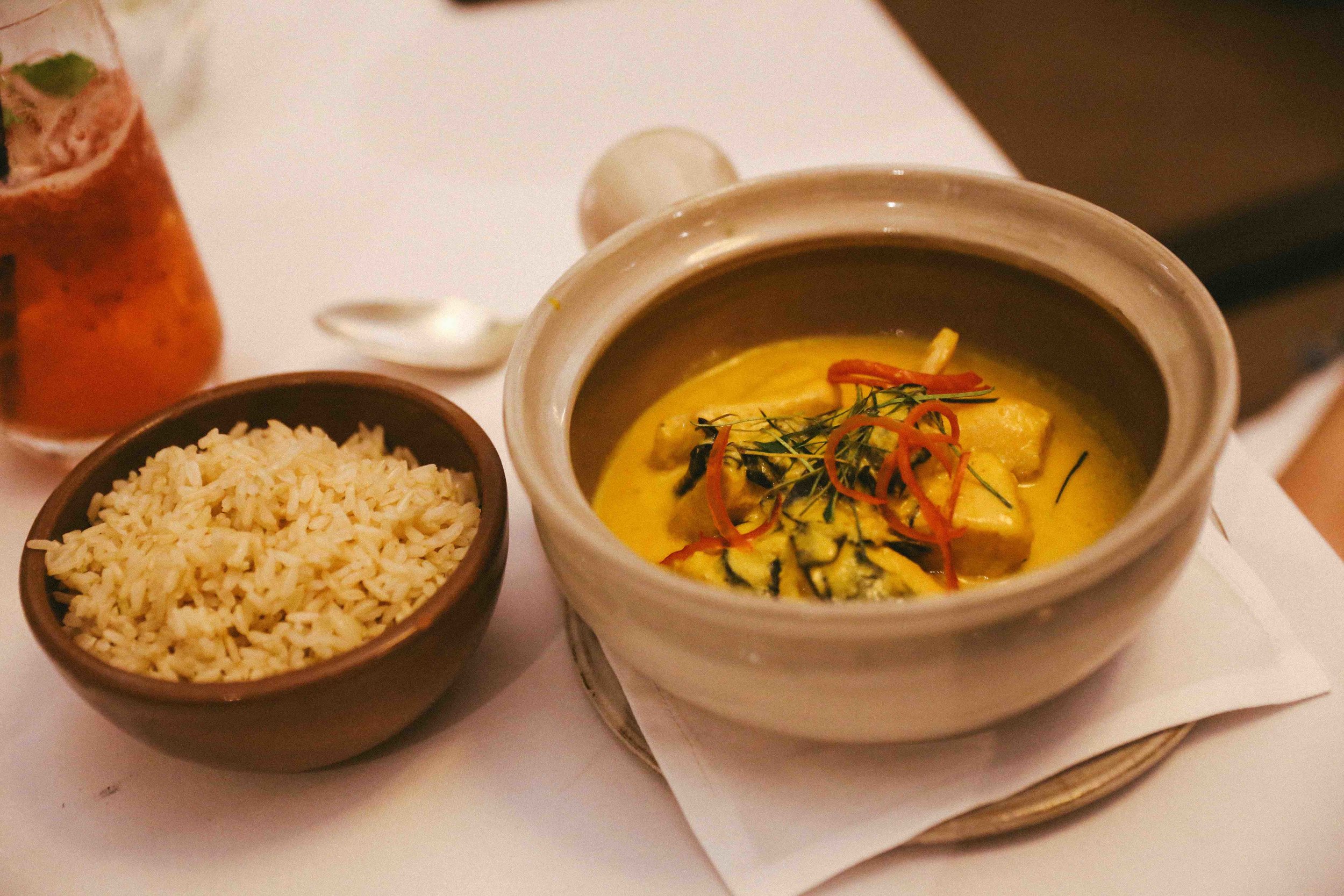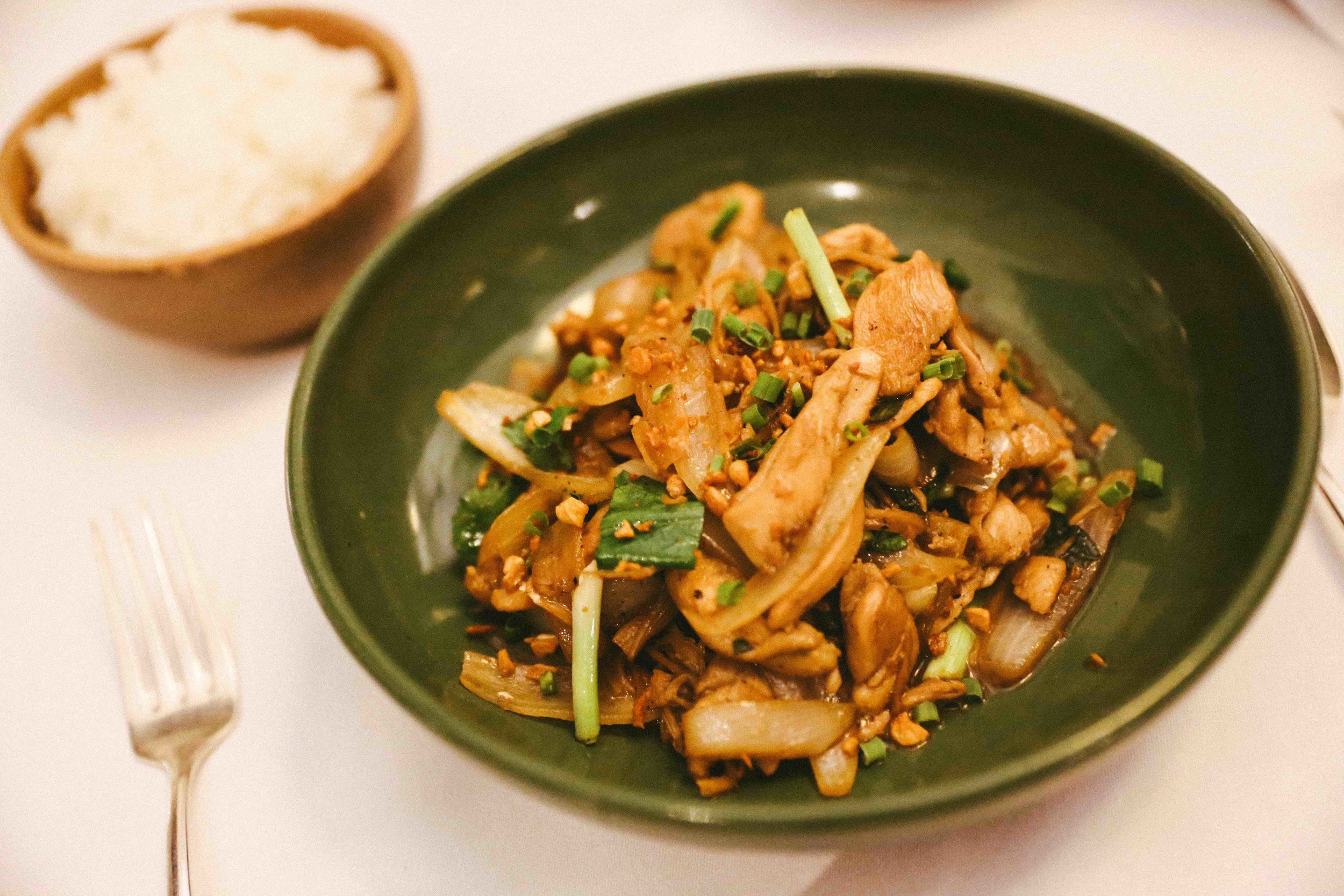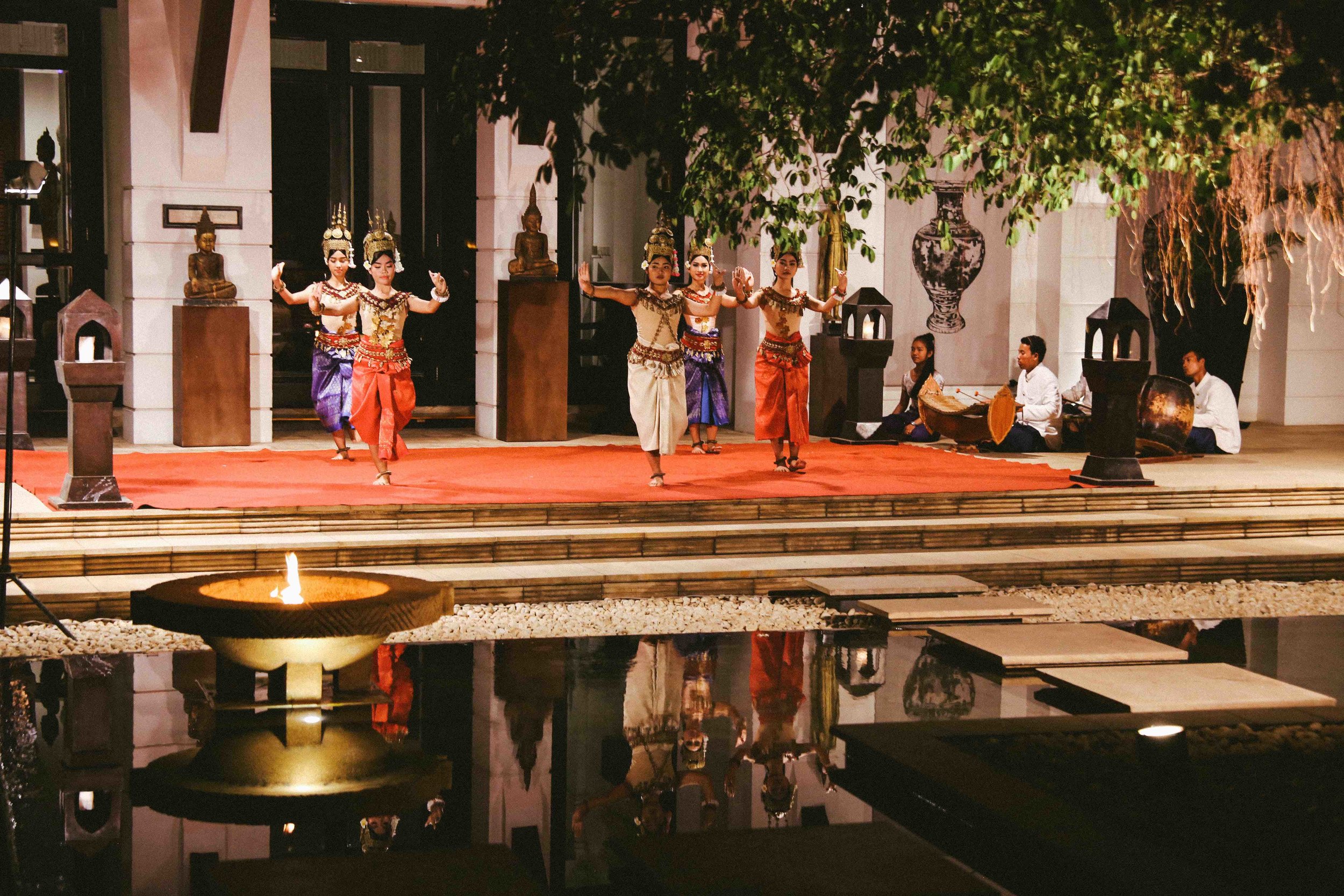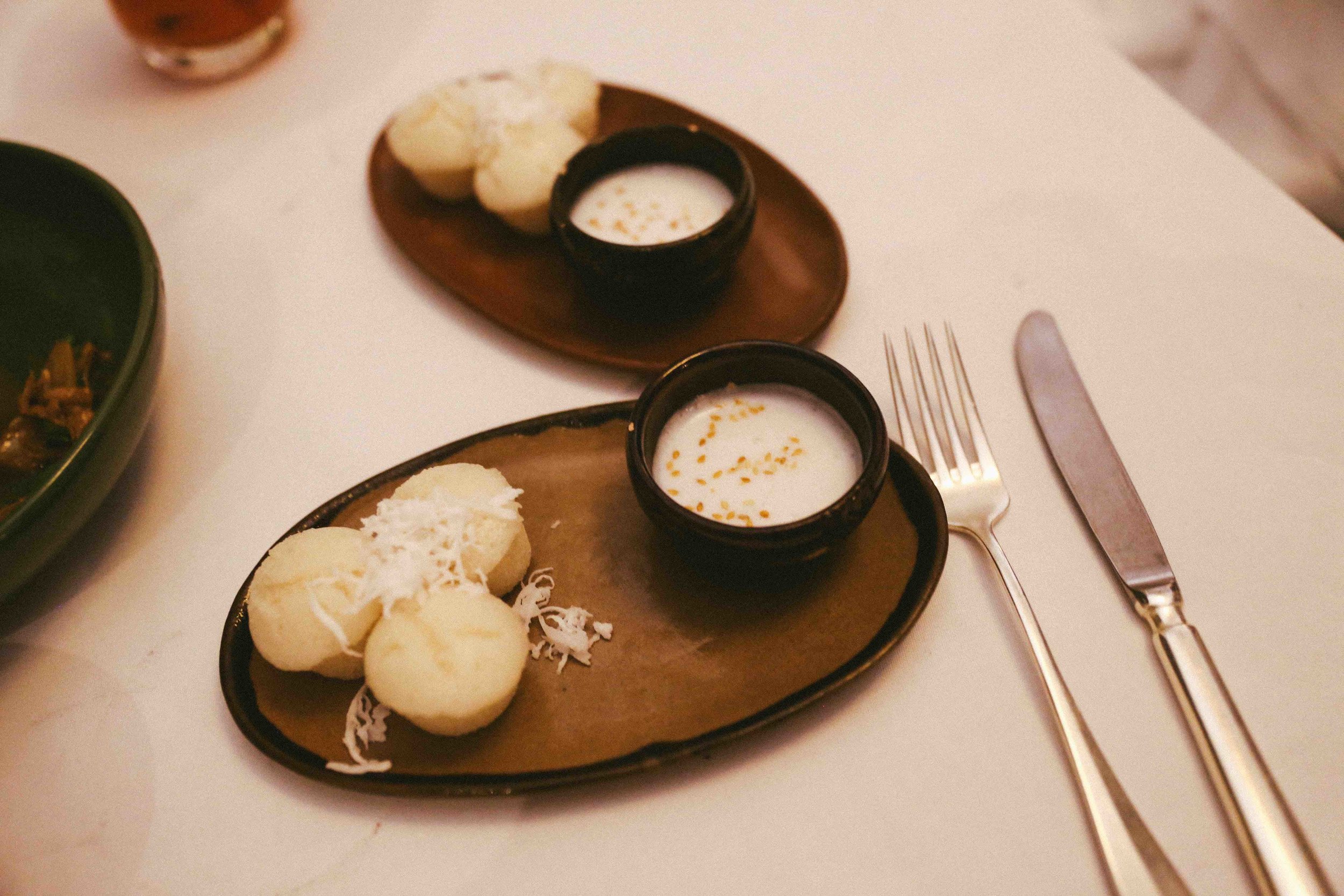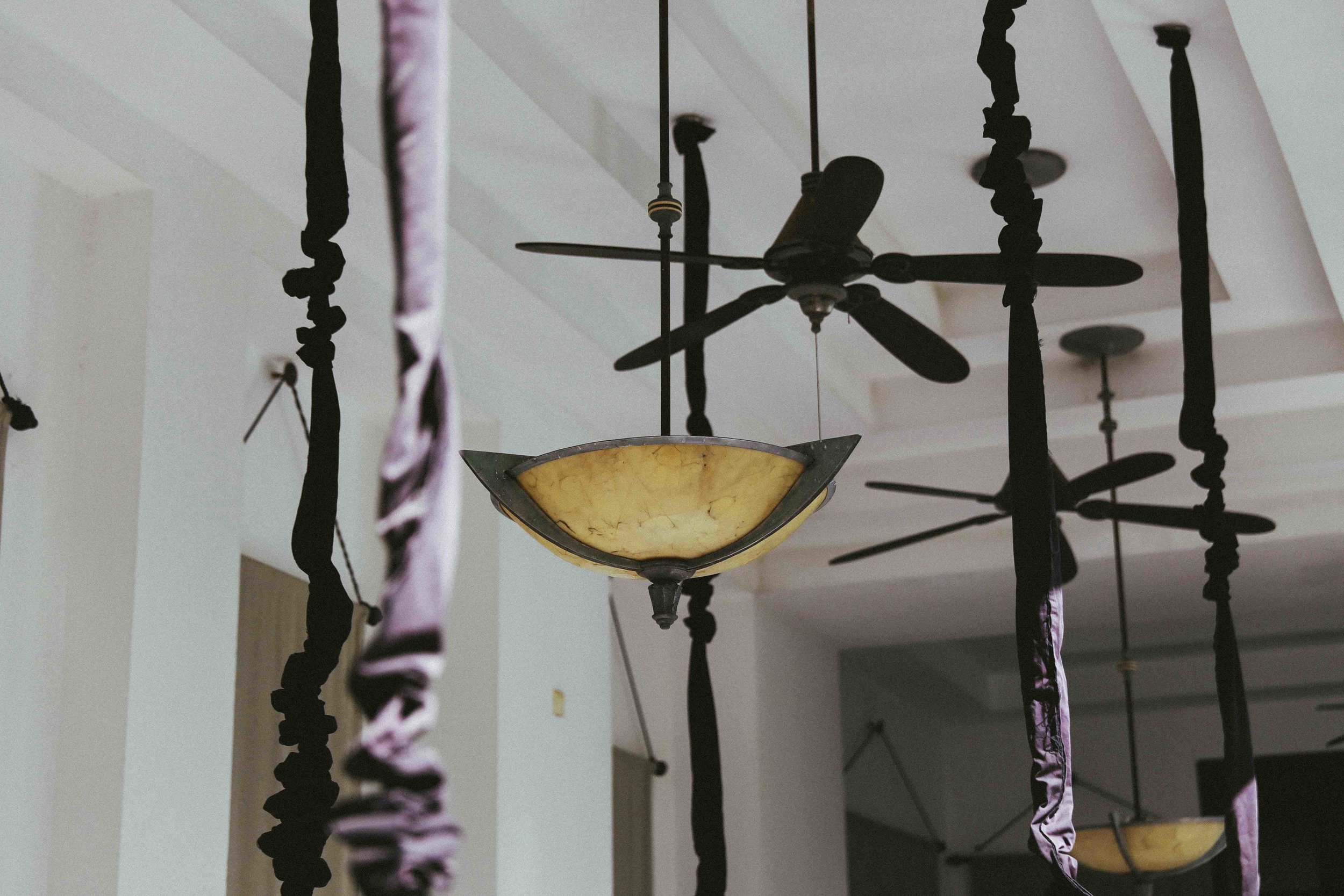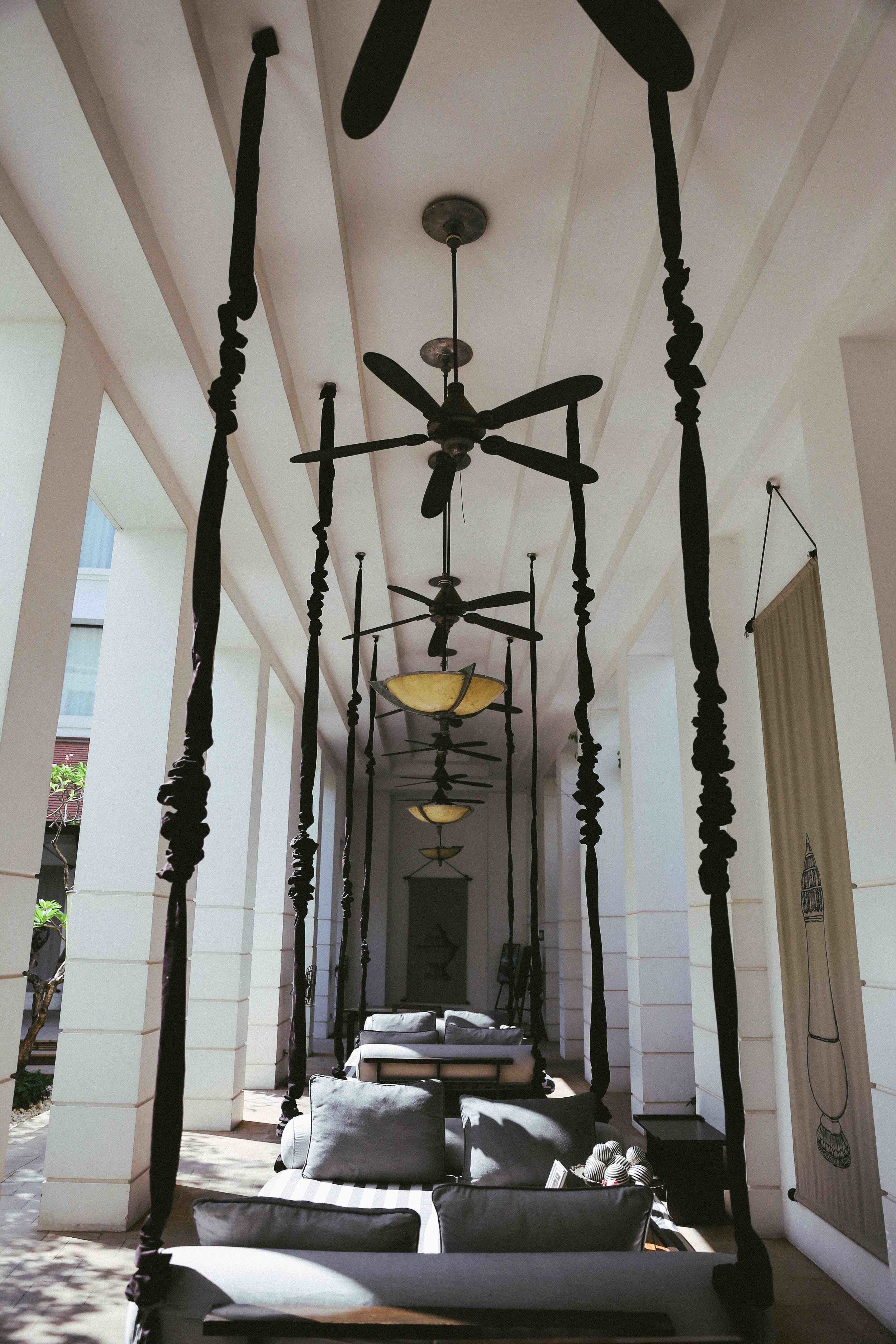Park Hyatt Siem Reap
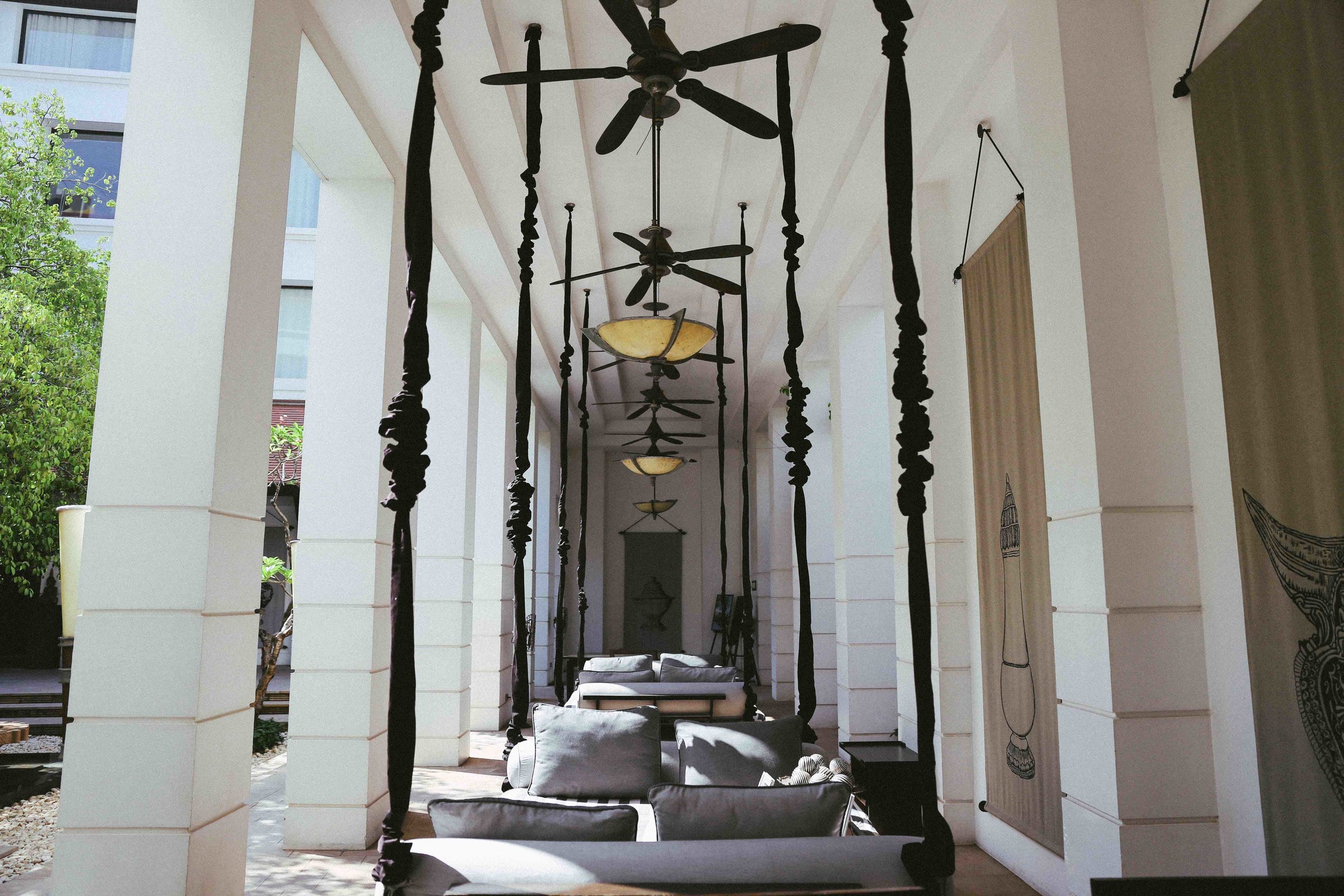
Ever since the word “UNESCO” was in my dictionary, Angkor Wat has been a destination that I sought after. The attraction to Siem Reap is simple: visiting one of the largest and oldest religious monument in the world, whilst enjoying the sun at a resort. The best time to go? Cambodia’s dry season runs from November to April, therefore our visit in January made it extremely sunny and comfortable.
Park Hyatt Siem Reap is the only luxury 5-star hotel in the heart of the city - where guests are only steps away from the nightlife of Pub Street and the Angkor Night Market. With 104 rooms and 13 suites, the hotel is intimate yet there is enough facilities to entertain oneself. The hotel features two pools - a salt-water lap pool on the ground floor where guests can forget the problem of harsh chlorine smells, and a free-form pool on the first floor which is a maze of lush greens, Khmer-style pillars, a bridge which leads to an infinity pool end.
Formally Hôtel de la Paix which opened over 60 years ago, Bill Bensley was once commissioned to renovate the hotel and should have much more attention than that Tomb Raider tree at Ta Prohm or Indiana Jones Beng Mealea. Of course, by saying this, I would be discrediting the hundreds of years of legendary history that Angkor has to offer. What I mean is that from a travel blogger’s point of view, there isn’t an experience that replaces the “living in” and along with my interest in interior design, Bensley takes the league with the comforts that comes with. However, it is the stark contrast of exploring Angkor Wat at sunrise and only then to retreat to the comforts of the resort by midday that make a trip to Siem Reap all the more enticing.
After recovering from the morning excursion, one can practically stay at hotel to enjoy its facilities - from the choice of the two pools, to the gym complete with water-filled weights, to the Spa. Opting for the “Signature Treatment”, guests can then choose from the selection of music and oils to tailor to energise or to relax. Both rooms and spas opt for similar designs: pearl bathtubs with amber ambiance lighting, which then contrast with the dark wood floors of the bedroom and common areas.
A highlight would most definitely be the three-course “Taste of Cambodia” cultural dinner and show at The Dining Room and courtyard of the hotel, where performances occur every Monday, Wednesday, Friday and Sunday. Guests that stay for at least 2 nights will be sure to fit this into their schedule and will be amazed by the Khmer headpieces and fascinating tales. Our visit on a Wednesday included the Praying Dance (Robam Buong Suong) by a group of girls with flowers, symbolically representing gifts from the Gods, and the Moni Mekhala Dance (Robam Moni Mekhala) which focuses on the legend of Moni Mekhala (Goddess of Water) and Ream Eyso ( The Storm Spirit).
Whether you choose to sit indoors or outdoors is a matter of personal preference, though tables are strategically ordered around the Banyan Tree courtyard to ensure a unique view of the performance. During our visit in January, the weather was pleasant enough to sit outside without discomfort. For the menu, appetite-boosting flavours of fresh lime in the Beef Soup and Roasted Eggplant Salad with local cression were options. My favourite was the Fish Amok, a traditional curry dish of Cambodian cuisine with fragrant coconut milk and nhor leaves. Another main course option for non-curry diets would be the Wok Fried Chicken, a crowd pleaser. To finish? Akor cake, one of the many Cambodian street food favourites.
As to whether I would return? It would be hard to resist the all-you-can-eat breakfast with made-to-order French toast to Kuyteav Teok (chicken Khmer noodles).
